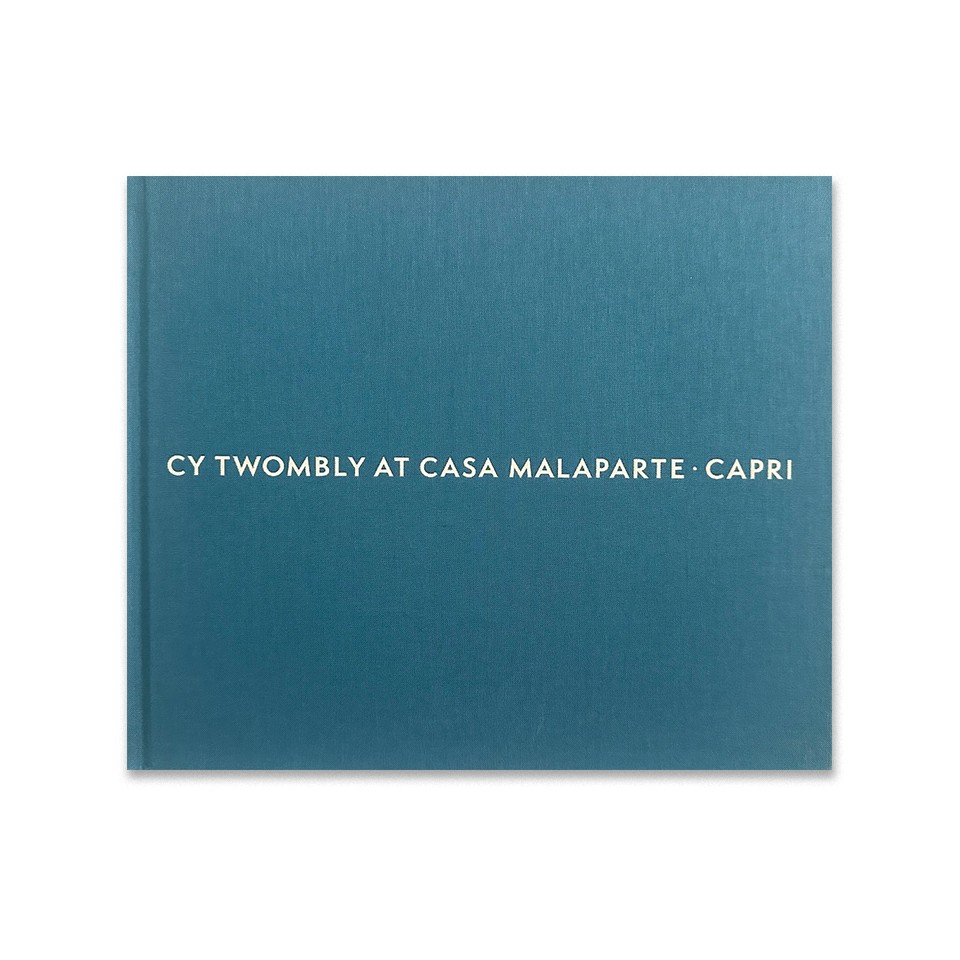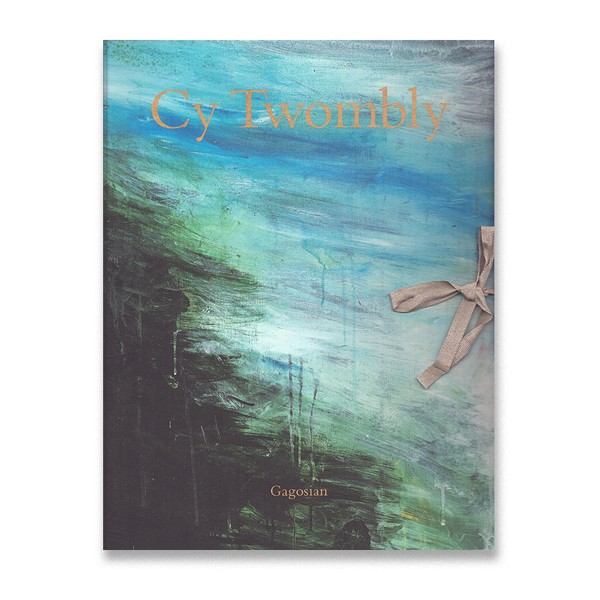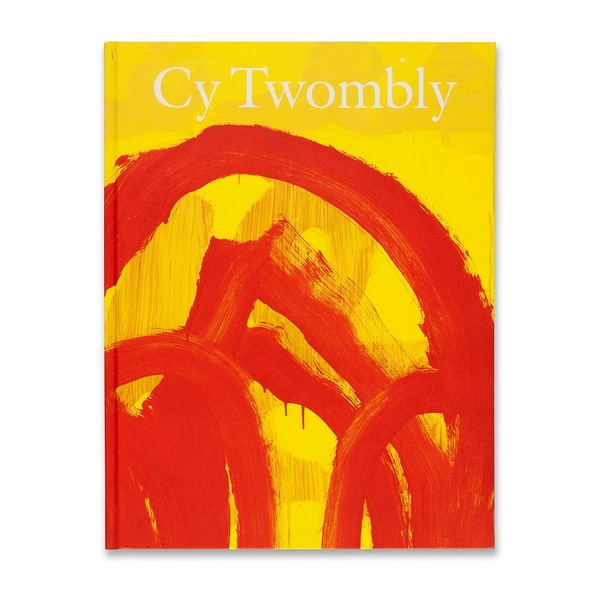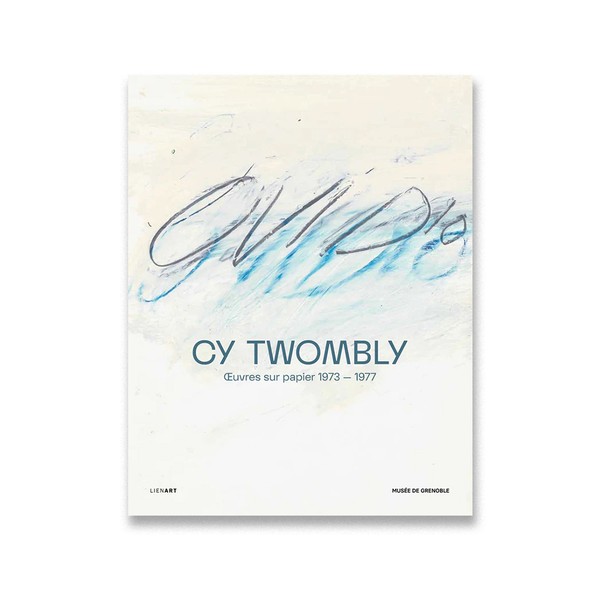Cy Twombly
at Casa Malaparte. Capri

This catalogue includes Nicola Del Roscio’s “Capri 1970,” Curzio Malaparte’s “Self-Portrait in Stone: A House Between the Greco and the Sirocco,” Rachel Kushner’s “A Rock, A Deceptive Manor,” color reproductions, installation views, and an illustrated list of works exhibited.
Del Roscio’s essay offers recollections of Twombly’s first encounter with gallerist Lucio Amelio on Capri through Plinio De Martiis. He notes that Joseph Beuys once admired Twombly’s artworks at Amelio’s art fair booth, leading to a collaboration between the artists. Del Roscio describes his visit with Twombly to the Villa Orlando, where the artist spent two months working. Del Roscio writes that “it was, in all of those circumstances, tactile and abstract, dramatic and ethereal, under the mesmerizing atmosphere of excess summer light, that Cy worked in Capri that summer” (5).
Malaparte describes building his house as “creating a portrait of myself—the best self-portrait of any of those that I have attempted so far in my writings” (6). He describes the balance he sought to strike between nature and architecture and his collaboration with builder Adolfo Amitrano. He offers detailed accounts of the various architectural and logistical decisions made. Kushner begins with Jean-Luc Godard and Bridgette Bardot filming Contempt at the Casa Malaparte, writing that Bardot “came to embody an iconic frisson: the blunt, brutal, blood-colored house on a rocky promontory…and this ur-female who cannot be mistaken for any other woman but herself” (42). She connects this to Capri’s broader history, including its role as Tiberius’s “playground” (42). Turning to Twombly, she writes “yet squint, and the nested squiggles of [Bardot’s] teased hair become the whirls and scribbles of Twombly's great sly talent, his draw-in-the-dark gift to produce light. Her butt, bare but for that book, and the butts that proliferate in Twombly's delicate pencil drawings, seem to dwell in the same world” (42). She engages with Twombly’s 1960 drawings from nearby Ischia, noting allusions to Johann Wolfgang von Goethe and John Keats, among others and situating the series in context of Twombly’s biography and contemporary artistic movements. She concludes that “the cream-colored expanses of unmarked paper are not only a kind of absence, but the present absence of historical time” (45).
For more on the works included in this exhibition catalogue and on Twombly’s earlier practice, see also major retrospective catalogues and monographs, such as: Richard Leeman’s Cy Twombly: A Monograph (2005); Mary Jacobus’s Reading Cy Twombly: Poetry in Paint (2016); Thierry Greub’s Inscriptions (2022); and Cy Twombly: Making Past Present, eds. Christine Kondoleon and Kate Nesin (2020).
(Publication description by Jamie Danis)
Published on the occasion of the exhibition Cy Twombly at Casa Malaparte, a one-night-only exhibition in July 2015 at Casa Malaparte, the famous cliffside house built on the Italian island of Capri by Curzio Malaparte.
Cy Twombly at Casa Malaparte. Capri. With a text “Capri 1970” by Nicola Del Roscio. Published by Gagosian Gallery, 2015. 52 pages, illustrated. English edition.



